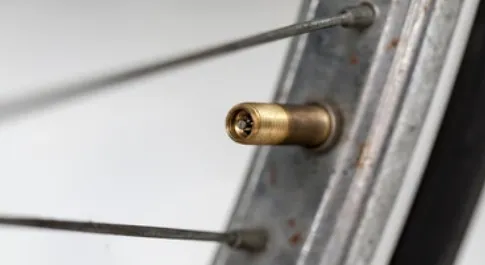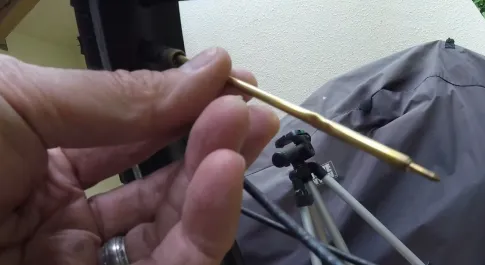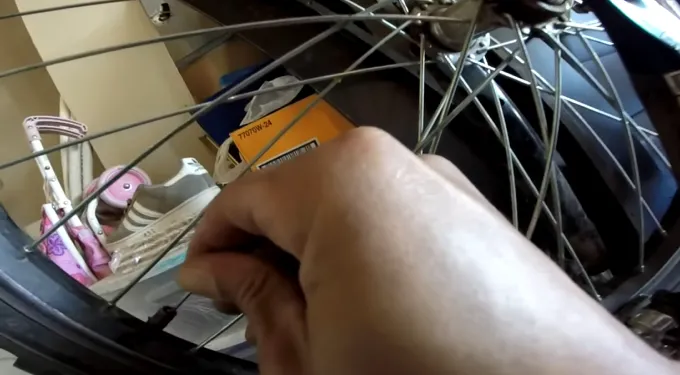Do you need to remove the core of a Schrader valve but don’t have the right tool?
Schrader valves are commonly found on car tires and other inflatable objects. If you need to remove the core of one of these valves for some reason, there is a way to do it without the proper tool.
Read on to find out how to remove Schrader valve core without tool.
What is a Schrader Valve, and What Does it Do?

A Schrader valve is a type of valve that is commonly used on car tires and other inflatable objects. With a pin in the center, a valve is made up of a metal or plastic stem that protrudes from an object.
By removing the pin, the core of the valve is exposed. The pin is used to open and close the valve. The core allows air to flow into or out of the object.
3 Methods: How to Remove Schrader Valve Core without Tool?
There are a few reasons why you might need to remove the core of a Schrader valve. If you need to replace the valve, or if you need to clear any blockages or clean out the valve.
A Schrader valve core can be removed in several ways without a tool. One way is to use a small nail or pin to pry the pin.
Using A Small Nail or Pin
Step 1: Locate the small pin in the center of the valve. It is often held in place by a small metal disc.
Step 2: Use a small nail or pin to pry the pin out of the valve. You may need to wiggle it back and forth to get it started.
Step 3: Once the pin is removed, the core of the valve will be exposed. Use your fingers to pull the core out of the valve.
Step 4: To replace the core, simply insert it back into the valve and push the pin back into place.
Another way to remove the core without a tool is to use a pair of needle-nose pliers.
Using Needle-Nose Pliers

Step 1: Locate the small pin in the center of the valve. It is often held in place by a small metal disc.
Step 2: Use needle-nose pliers to grip the pin and pull it out of the valve.
Step 3: After the pin has been removed by removal, the core of the valve will be displayed. Use your fingers to pull the core out of the valve.
Step 4: To replace the core, simply insert it back into the valve and push the pin back into place.
You can also use a small piece of wire to remove the Schrader valve core without a tool.
Using a Small Piece of Wire
Step 1: Find a small piece of wire that is about the same size as the valve stem. A paperclip or bobby pin will work perfectly. If you don’t have any wire on hand, you can use a small nail or screw.
Step 2: Bend the wire into a “U” shape so that it can fit around the valve stem.
Step 3: Slide the wire onto the valve stem and push it in until you feel resistance.
Step 4: Gently twist the wire until the valve core loosens. You may need to wiggle the wire a bit to get it started.
Step 5: Once the valve core is loose, pull it out with the wire. If the valve core is stuck, you can use a pair of needle-nose pliers to remove it.
Step 6: Push the wire back into the valve stem to close it. It’s now ready to use.
Tips for Avoiding Leakage When Removing the Core

Here are some tips for avoiding leakage when removing the core of a Schrader valve:
- Use an appropriate size wrench or socket. Do not use channel locks or other adjustable wrenches.
- Unscrew the cap from the valve stem.
- Grasp the flats of the valve core with the wrench and unscrew it from the stem. If it is stuck, use a pair of needle-nose pliers to pull it out gently.
- Inspect the valve core for damage. There will need to be a replacement if it is damaged in any way.
- Screw the new valve core into the stem and screw the cap back on.
- To avoid future leaks, always screw the cap on tightly.
- If you are still having trouble, take the tire valve to a professional mechanic or bike shop. They will be able to help you remove the valve core and ensure that it is replaced correctly.
Final Thoughts
Removing the core of a Schrader valve is a relatively easy process that can be done with a few different tools. If you don’t have any tools on hand, you can use a small nail or pin to pry the pinout of the valve.
You can also use needle-nose pliers or a small piece of wire. Just be sure to screw the cap back on tightly to avoid any future leaks. Thanks for reading.

